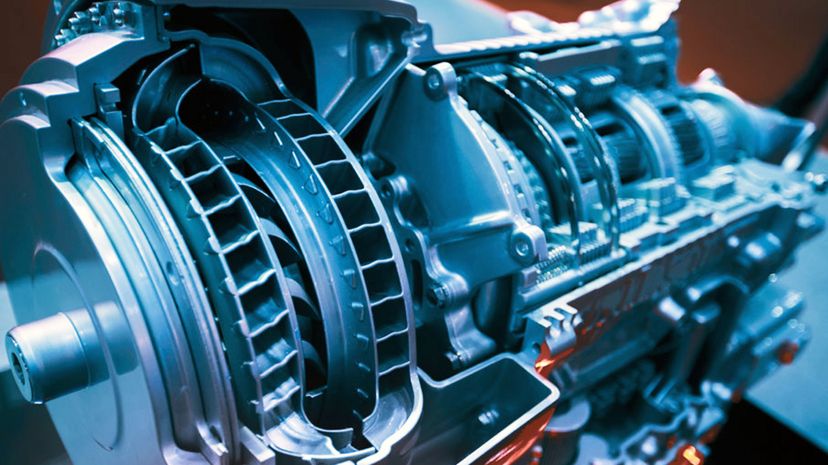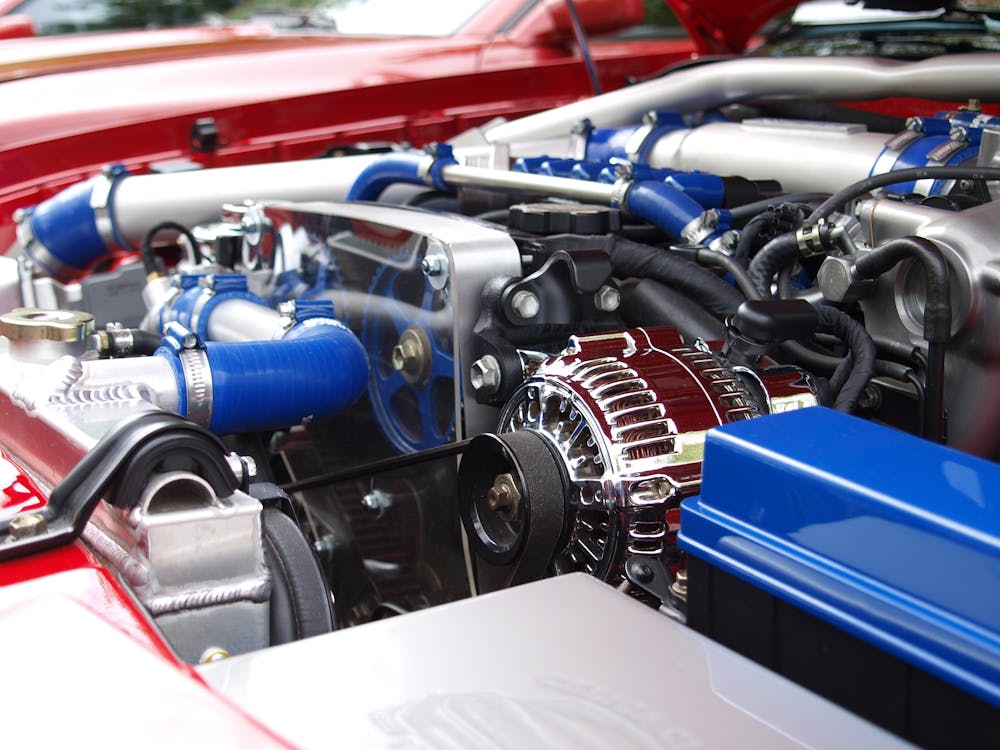Automatic transmissions are regular in modern vehicles, and their main function is to simplify driving. Unlike manual options, these systems shift gears on their own. In other words, they adapt to road conditions without input from the driver.
This innovation allows drivers to focus more on the road, making the ride smoother and less demanding. However, the question is, how exactly does an automatic transmission work? That’s what we’ll be explaining here.
Table of Contents
The Basics of Automatic Transmission
An automatic transmission, or simply auto, changes gear ratios automatically as the vehicle moves. This means drivers don’t have to do the adjustment manually. The key components of this system include:
-
Torque converter
-
Planetary gear sets
-
Clutches
-
Bands
-
Sensors
If you’re wondering how the system works with the above components, it’s somewhat complex. Nevertheless, it’s still explainable.
Primarily, the torque converter connects the engine to the transmission and replaces the manual clutch. Then, it uses fluid dynamics to transfer rotational power from the engine to the transmission. Next, the planetary gear comes in and provides the different gear ratios. So, the car can shift up or down depending on the applied speed and load.
The clutches and bands help in engaging and disengaging the gear ratios. And behind their control are the sensors. More particularly, the sensors help detect speed, load, and other driving requirements.
We can compare it to manual transmissions. While both serve the same fundamental purpose, their operation varies. Manual transmissions require the driver to control gears using a clutch pedal and gear stick. This mechanical approach gives off a sense of direct control. However, it can be demanding, especially when in traffic.
Meanwhile, automatic transmissions handle everything without relying on the driver. They use intricate systems and sensors to identify the best time to change gears. So, the key advantage here is convenience, as driving becomes less complex. The driver can focus on other aspects of driving without worrying about gear shifts.

The Role of Transmission Fluid
Transmission fluid is essential in the automatic transmission system, especially as a lubricant. The internal parts of a transmission, like gears and valves, move at relatively high speeds. So, the fluid is necessary to reduce friction, which helps lessen wear and tear.
Furthermore, the transmission fluid serves as a coolant. As the system parts move as fast as they do, they generate heat. Without the transmission fluid, the temperature could reach unsafe levels. To prevent that, the fluid eliminates this heat and keeps the transmission in a safe operating condition.
You also can’t overlook the function during power transfer. In an automatic system, the torque converter employs the fluid to transmit power from the engine to the transmission. The result is a smoother process, which ensures effortless accelerations and decelerations.
Lastly, the shifting process heavily relies on the transmission fluid. The system uses the fluid’s pressure to activate clutches and bands, which engages different gear sets. So, if the fluid level is too low or is old and degraded, the shifting might become jerky. In extreme cases, the transmission might not shift at all.
Shift Valves and Hydraulic Systems
Hydraulic systems are integral to the smooth operation of an automatic transmission. These components serve different roles, but most importantly, they allow the car to shift gears seamlessly without manual input.
Shift valves are the main component behind the performance of hydraulic systems. They control the flow of transmission fluid, ensuring it gets to the right pathway depending on driving conditions. In the process, the valves activate the clutch or band needed to engage or disengage gears.
Today, cars don’t rely on hydraulics alone. They also employ several sensors that feed information to the built-in computer. This computer, in turn, determines the right time to shift gears depending on factors like speed, engine load, and throttle position.
One small yet important component here is the actuator, which translates electronic signals from the computer into mechanical actions to adjust the shift valves. For such a sophisticated transmission system, having staunch components is paramount. If you need top-notch actuators for such an application, Firgelli Automations offers a range of quality products you can trust to be reliable and precise.
Advantages of Automatic Transmission
Automatic transmissions have no doubt revolutionized the driving experience. Today, car handling is a lot more convenient and user-friendly. While some people still vouch for manual systems, the benefits of automatic ones are hard to overlook. Here are some notable ones:
-
Ease of Use: For beginners especially, automatics are simpler to operate. There’s no clutch pedal and no need to shift gears manually.
-
Smooth Shifting: Modern automatic transmissions provide seamless gear changes, which makes driving enjoyable, to say the least.
-
Adaptive Driving: Many automatic systems can adapt to specific driving styles. In the long run, such adaptability ensures optimal performance.
-
Better Performance in Traffic: Automatic transmission is the best in stop-and-go traffic. As stated severally, they remove the hassle of constant gear shifting.
-
Less Wear and Tear: Since everything’s automated, there’s less chance of errors from the driver. That also means less strain on the engine or gearbox.
-
Advanced Features: Some automatic transmission systems accommodate features like tiptronic mode. It’s a unique option that allows manual gear changes when needed.
-
Safety: With fewer tasks to manage, thanks to the automatic operation, drivers can focus more on the road. Without question, that’ll reduce the chance of errors or accidents, which means improved safety.
The above benefits are substantial in any situation. So, while different transmission types have upsides, the convenience and features featured in automatics are a big plus.
Conclusion
If you were wondering how an automatic transmission works, you now have the full picture. The role of such a system is also its advantage, as it generally makes driving more manageable. Automatic transmissions already offer a seamless driving experience. However, they still continue to evolve with advancements in automotive technology. With time, we can expect more efficient and responsive systems.












:max_bytes(150000):strip_icc()/GettyImages-522272311-5949bdc15f9b58d58a035319.jpg)
